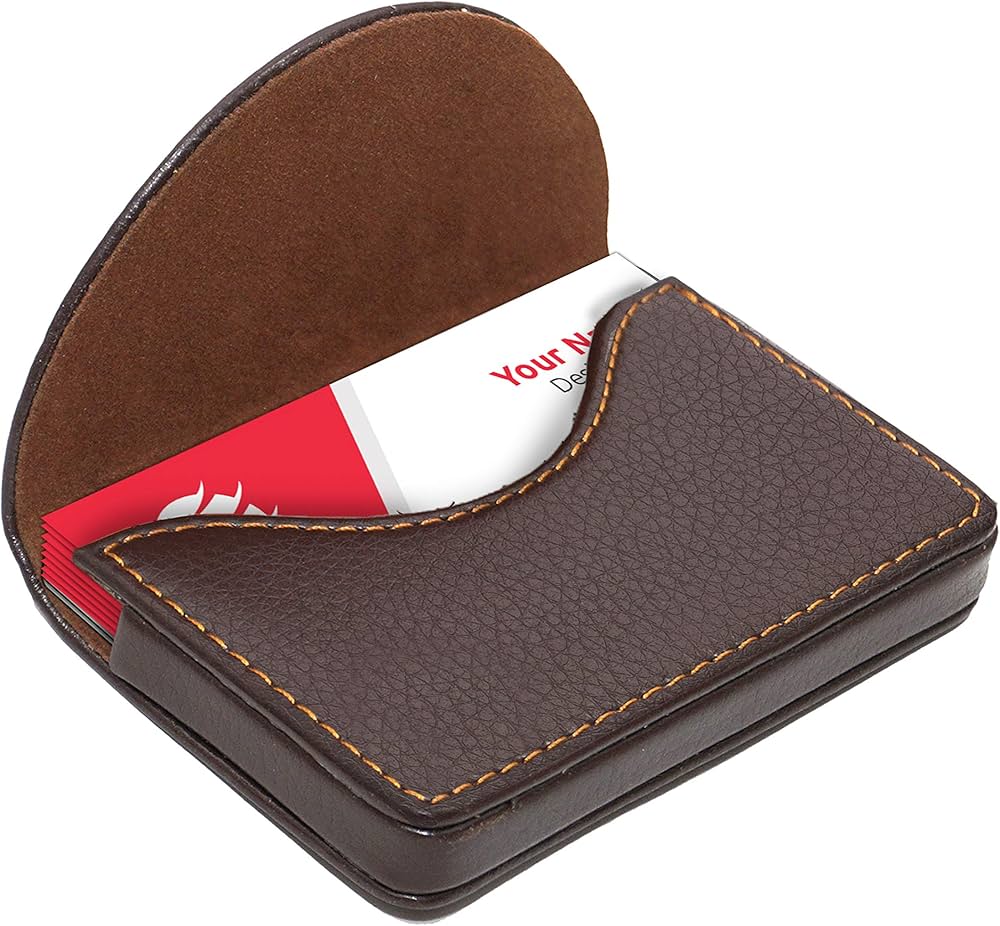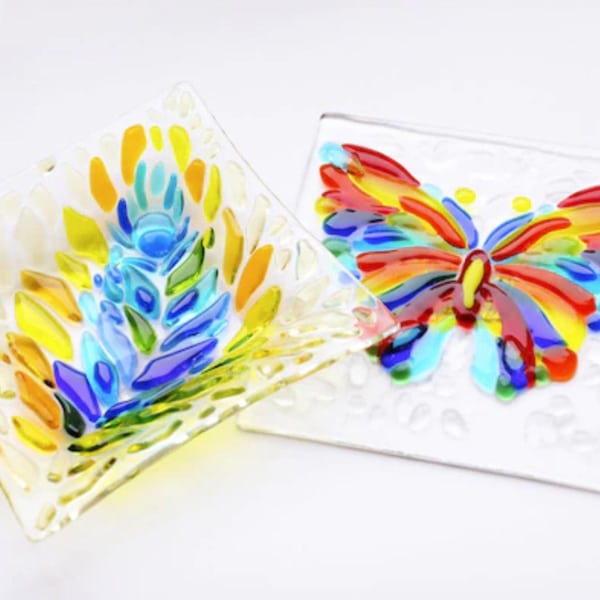Whether treasured for their nostalgic value, strategic gameplay mechanics, or investment potential, these cards represent more than just a hobby they are a cultural phenomenon. With the surge in popularity and rising card values, the demand for accurate and fair grading has never been more critical. Grading is not just about placing a number on a card; it is about preserving history, confirming authenticity, and recognizing quality. For collectors and enthusiasts alike, having a grading process that reflects precision, consistency, and transparency is paramount. Accurate grading begins with rigorous attention to detail. From centering and corners to edges and surface quality, every aspect of a card must be thoroughly examined under standardized conditions. When collectors know that grades are earned, not given, it creates a healthier, more equitable ecosystem where true card quality is recognized and rewarded. The trading card market has evolved significantly over the years, and graded cards especially those with pristine scores tend to command premium prices.

Automated systems, high-resolution imaging, and AI-assisted analysis have started to play a role in modern grading, helping reduce human error and introduce a layer of objectivity that ensures more reliable results. This technology-backed precision allows for deeper scrutiny and can even detect subtle flaws that might escape the naked eye. However, even with tech enhancements, the human element experienced professionals with a trained eye still plays a vital role in upholding grading standards and maintaining a level of trust within the community. Fairness in grading is another essential pillar. Inconsistent assessments, bias, or favoritism can erode trust and devalue the integrity of the grading process. Fair grading ensures that every card, regardless of the owner, is evaluated with the same strict standards and without prejudice. This builds confidence not only in individual transactions but also in the broader marketplace. In terms of long-term value, TAG graded Pokémon cards are also gaining recognition among investors.
Buy TAG Graded Pokemon cards also adds another layer of security and permanence to Pokémon cards. Encapsulating a card with a certified grade safeguards it from physical damage and environmental factors, all while preserving its status for future generations. Whether a card is being passed down to a new collector, sold at auction, or simply admired in a personal collection, the grade serves as a historical record of its condition at a given point in time. For high-value cards, this becomes especially important, as even minor variations in condition can dramatically affect market value. Ultimately, Pokémon cards deserve a grading system that reflects the care and passion of the community that supports them. As the hobby continues to evolve, so too should the standards that define its most cherished pieces. A commitment to accuracy and fairness ensures that collectors, both new and seasoned, can confidently navigate the world of Pokémon cards, knowing that excellence in grading supports the value and legacy of their treasured collections. In the world of collectible card games, Pokémon cards hold a unique and enduring appeal that spans generations.





